The Everest Base Camp Trek is a remarkable 14-day journey that offers a blend of stunning natural beauty and rich cultural experiences. Starting with a flight to Lukla, trekkers navigate through vibrant Sherpa villages, iconic landmarks like Namche Bazaar, and breathtaking landscapes. Each day brings its own unique challenges and rewards, including acclimatization days to help hikers adjust to high altitudes. With cozy teahouse stays and local cuisine, it’s not just a trek; it’s an immersive adventure. So, what can trekkers expect along the way, and how can they best prepare for this unforgettable experience?
Key Points
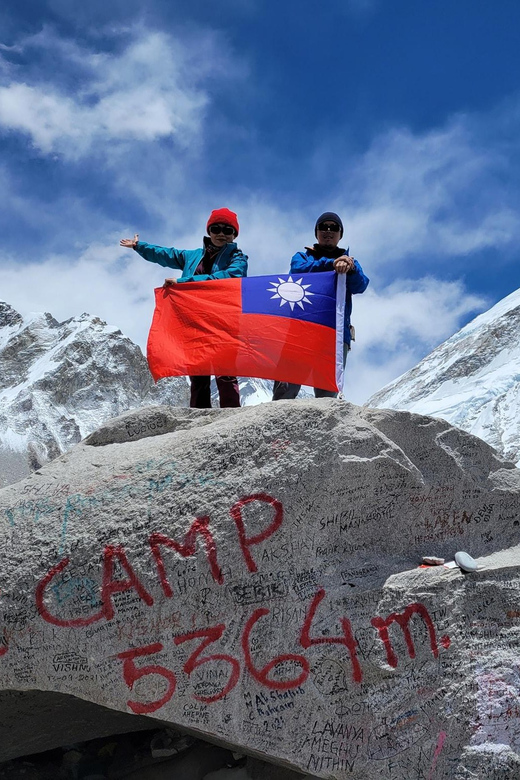
- The 14-day Everest Base Camp Trek includes scenic views, Sherpa culture, and culminates at the iconic Everest Base Camp.
- Starting from Kathmandu, the trek involves stops in Phakding, Namche Bazaar, Tengboche, and Dingboche, with acclimatization days included.
- Teahouse accommodations provide a cozy stay, with all meals covered throughout the trek: breakfast, lunch, and dinner.
- An experienced trekking guide ensures safety and support, while essential trekking permits and entrance fees are included in the package.
- Physical preparation, including cardio and strength training, along with understanding altitude sickness, is crucial for a successful trek.
Overview of the Trek

The Everest Base Camp Trek is a thrilling 14-day adventure that takes trekkers through breathtaking landscapes and rich Sherpa culture, all while aiming for the world’s highest peak.
This journey offers a unique blend of physical challenge and culture. Trekkers will explore renowned hiking trails, visit the bustling Namche Bazaar Market, and experience the warm hospitality of the Sherpa communities.
One of the trek’s highlights includes the spectacular views from the Kalapathar viewpoint, standing at 5,545 meters.
With prices starting from €1,050.04 per person, participants enjoy teahouse accommodations, guided excursions, and essential trekking permits.
It’s an unforgettable experience for nature lovers and adventure seekers, showcasing the stunning beauty of the Himalayas and the rich traditions of the Sherpa people.
You can also read our reviews of more hiking tours in Pheriche Nepal
Detailed Itinerary
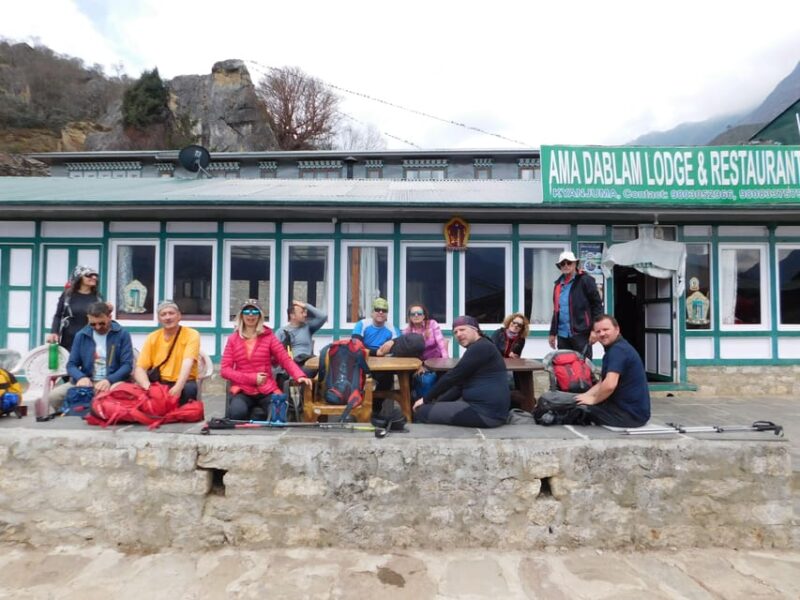
Embarking on the Everest Base Camp Trek offers an exciting and well-structured 14-day itinerary that balances challenging hikes with opportunities to acclimatize and explore the vibrant culture of the region.
Starting in Kathmandu, trekkers fly to Lukla, then journey to Phakding and Namche Bazaar. An acclimatization day helps them adjust before trekking to Tengboche and Dingboche.
Another acclimatization day follows, ensuring they’re prepared for higher altitudes. The trek continues to Lobuche, then to Gorakshep, where they reach Everest Base Camp.
After a hike to Kalapathar for stunning views, trekkers return to Namche, then Lukla. Finally, they fly back to Kathmandu, completing their unforgettable adventure before departing Nepal.
Inclusions and Benefits
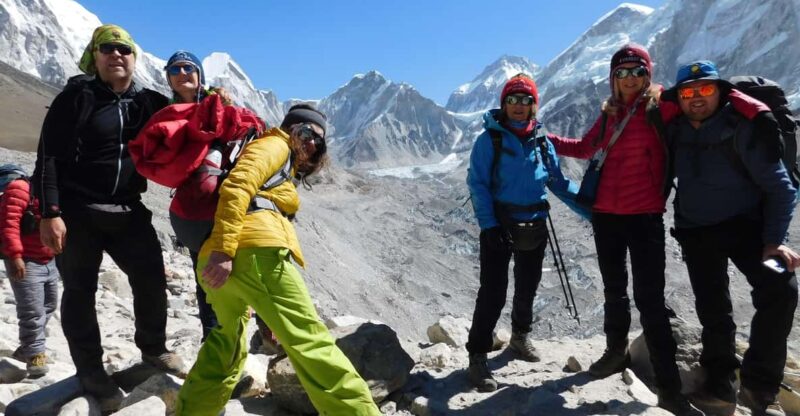
Trekking the Everest Base Camp offers a comprehensive package that ensures adventurers have everything they need for a safe and memorable experience in the Himalayas.
Participants can look forward to a variety of inclusions designed to enhance their journey:
-
Private vehicle transfers for comfort and convenience
-
Experienced trekking guide for expert support
-
Essential trekking permits and entrance fees covered
-
Teahouse accommodation for a cozy stay during the trek
-
Meals provided throughout the trek, including breakfast, lunch, and dinner
These inclusions not only make the trek easier but also allow trekkers to focus on the breathtaking views and rich Sherpa culture, ensuring an unforgettable adventure.
Preparation for the Trek
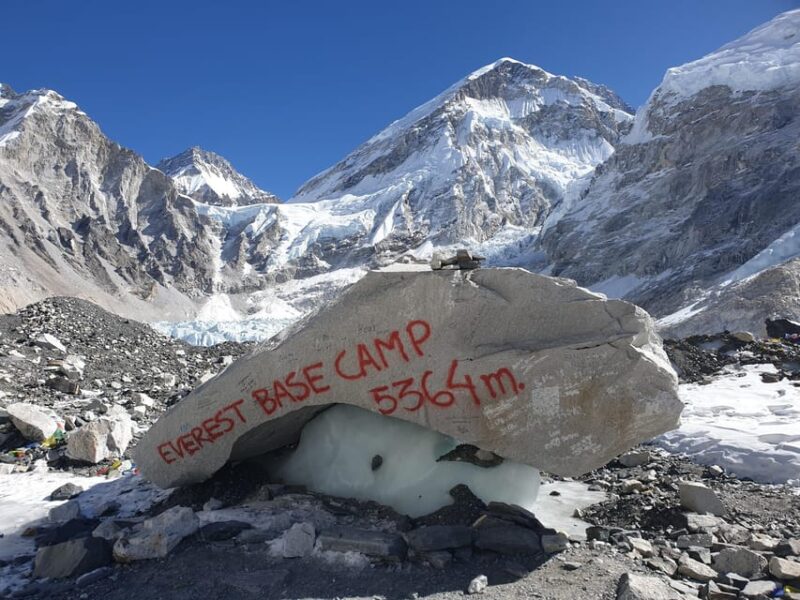
Preparing for the Everest Base Camp trek involves a careful selection of gear, physical conditioning, and understanding the unique challenges of high-altitude hiking.
First, trekkers should invest in quality clothing and equipment, including sturdy hiking boots, moisture-wicking layers, and a reliable sleeping bag.
Next, physical preparation is crucial; regular cardio workouts, strength training, and long hikes can help build the endurance needed for the trek.
Familiarizing oneself with altitude sickness and acclimatization techniques will also be beneficial.
Plus, it’s wise to pack light but include essentials like a first aid kit and water purification tablets.
More Great Tours NearbyHealth and Safety Tips
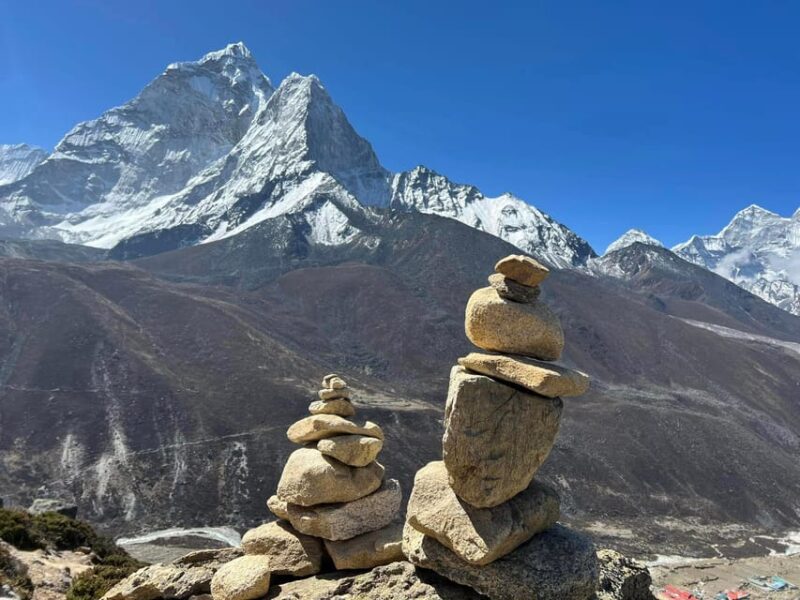
Staying healthy and safe during the Everest Base Camp trek is crucial for enjoying the breathtaking journey while minimizing risks associated with high-altitude hiking. Trekking enthusiasts should adhere to a few essential health and safety tips to enhance their experience:
Stay Hydrated: Drink plenty of water to combat altitude sickness.
Dress in Layers: Weather can change rapidly; layering helps regulate body temperature.
Listen to Your Body: If feeling unwell, take breaks or descend to lower altitudes.
Carry a First Aid Kit: A basic kit can address minor injuries or illnesses.
Follow Your Guide’s Advice: Experienced guides provide invaluable insights on safety protocols.
Acclimatization Process
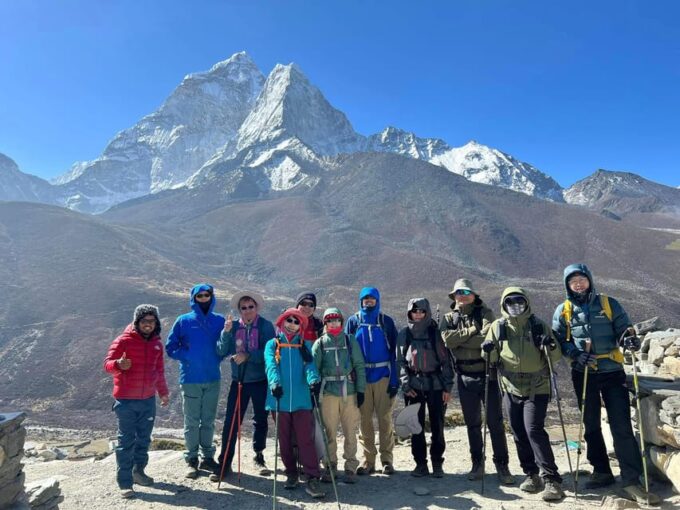
Acclimatization is an essential part of the Everest Base Camp trek, as it helps trekkers adjust to the high altitude and reduces the risk of altitude sickness.
During the trek, trekkers typically encounter several acclimatization days, particularly in Namche Bazaar and Dingboche. These breaks allow their bodies to adapt to changing altitudes gradually.
On these days, trekkers often engage in light hikes to higher elevations, promoting oxygen efficiency without overexertion. Staying hydrated and consuming a balanced diet also play crucial roles in this process.
Guides monitor trekkers closely for symptoms of altitude sickness, ensuring everyone’s well-being.
Cost Breakdown
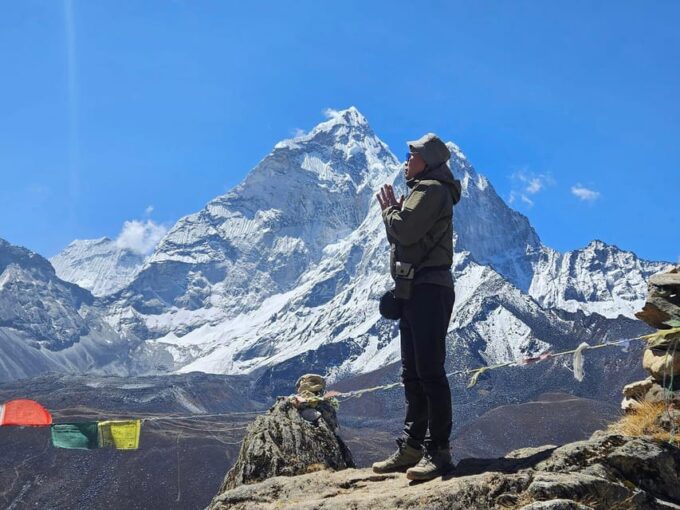
Understanding the costs involved in the Everest Base Camp trek is vital for trekkers planning their adventure, as it allows them to budget effectively and ensure they’ve a memorable experience without financial surprises.
The overall cost can vary based on several factors, including:
-
Trekking Permits: Essential for accessing national parks.
-
Accommodation: Prices differ between teahouses and hotels.
-
Meals: Trekking meals can add up, especially in remote areas.
-
Guide and Porter Fees: Hiring local guides and porters enhances the experience.
-
Travel Insurance: Crucial for emergencies, including medical evacuation.
Cultural Insights
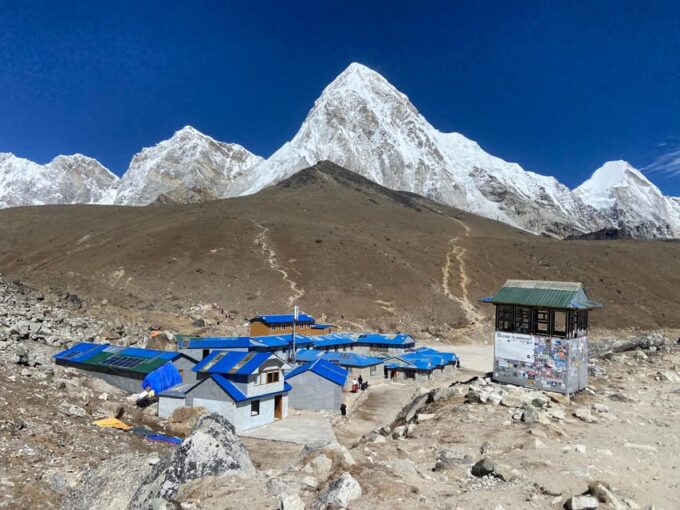
The Everest Base Camp trek offers an incredible opportunity to take in the rich Sherpa culture, where ancient traditions blend seamlessly with the stunning Himalayan landscape. Trekking through this region, trekkers encounter vibrant monasteries, colorful prayer flags, and warm-hearted locals. They witness the harmony of nature and spirituality in everyday life.
| Aspect | Description | Significance |
|---|---|---|
| Festivals | Dashain, Tihar, and Mani Rimdu | Celebrates culture and community |
| Cuisine | Dal Bhat, Momos, and Sherpa Stew | Reflects local flavors and traditions |
| Language | Sherpa, Nepali, and English | Enhances communication |
| Spirituality | Buddhism and ancient rituals | Connects locals with their beliefs |
This trek not only challenges physical limits but also enriches the soul with cultural experiences.
Frequently Asked Questions
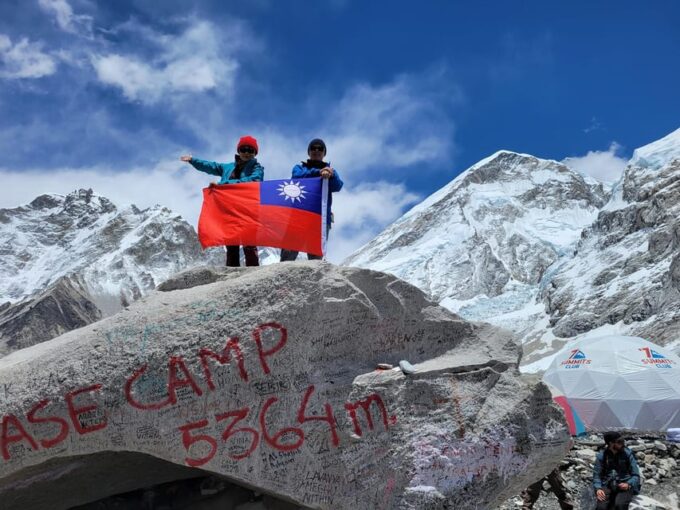
What Is the Best Time to Trek to Everest Base Camp?
The best time to trek is during spring, particularly from late March to May, and autumn, from late September to November. These seasons offer stable weather, beautiful views, and optimal trekking conditions for enthusiasts.
How Physically Fit Do I Need to Be for This Trek?
For this trek, one needs moderate fitness levels. Regular cardio and hiking practice prepare participants well. It’s essential to acclimatize and listen to one’s body, ensuring a safe and enjoyable trekking experience.
Can I Charge My Electronic Devices During the Trek?
During the trek, charging electronic devices isn’t always possible. While some teahouses might offer charging facilities, it’s best to carry a portable power bank for reliable power supply throughout the journey.
What Type of Clothing Should I Pack for the Trek?
When packing for the trek, she should include moisture-wicking layers, a warm insulating jacket, waterproof outerwear, sturdy hiking boots, and accessories like gloves and a hat. Comfort and protection against the elements are key.
Will I Have Access to Wi-Fi During the Trek?
During the trek, Wi-Fi access is limited. Most teahouses offer it, but connectivity can be slow and unreliable. Travelers should plan to disconnect and enjoy the stunning scenery instead of relying on their devices.
Recap
The Everest Base Camp Trek offers an unforgettable journey through stunning landscapes and vibrant Sherpa culture.
With careful preparation and attention to health and safety, trekkers can fully enjoy this remarkable adventure.
From the breathtaking views at Kalapathar to the camaraderie shared in cozy teahouses, each moment enriches the experience.
Completing this trek isn’t just about reaching the base camp; it’s about embracing the journey and creating lasting memories in the heart of the Himalayas.
You can check availability for your dates here: